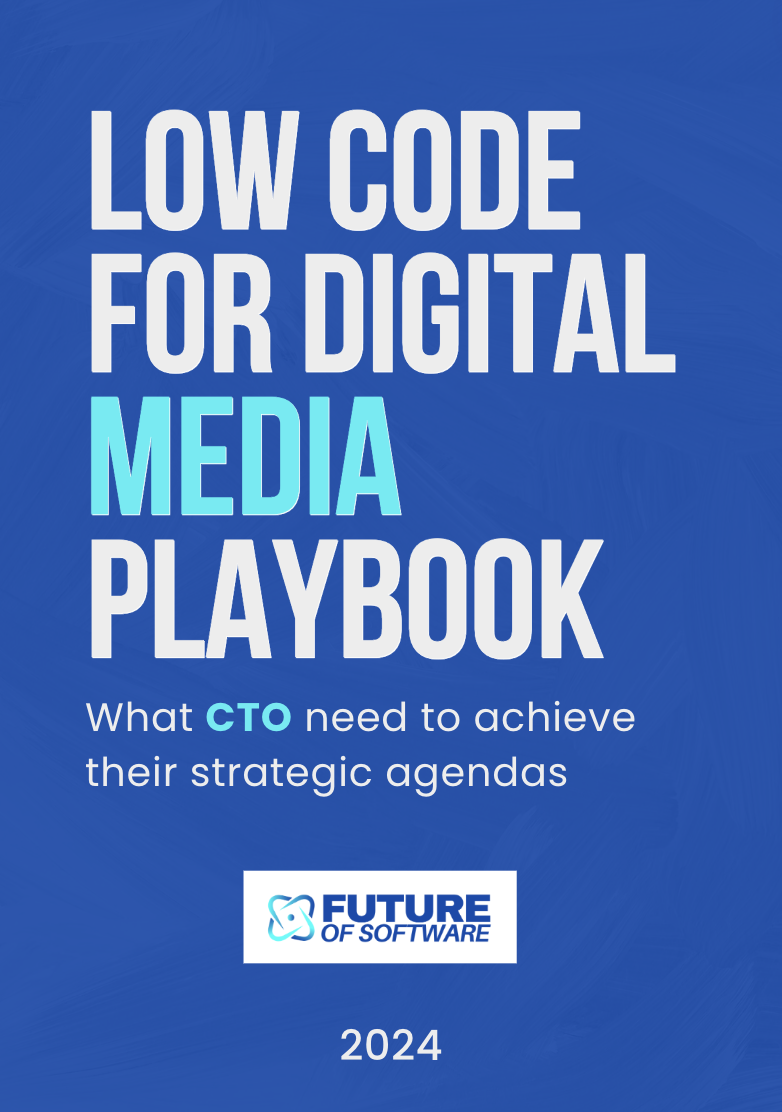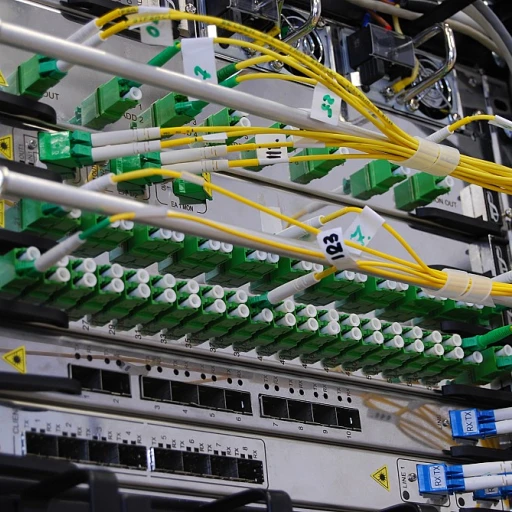
Understanding Procurement Transformation
Unpacking the Dynamics of Procurement Transformation
Procurement transformation is more than just a buzzword in today's rapidly evolving business landscape. It represents a strategic overhaul of procurement processes, aimed at enhancing efficiency, cost savings, and supplier relationships. As organizations strive to remain competitive, the need for a comprehensive transformation roadmap becomes paramount.
At its core, procurement transformation involves the integration of digital technologies into traditional procurement processes. This digital transformation is not merely about adopting new tools; it's about rethinking how procurement teams operate, interact with suppliers, and deliver value to the business. The shift towards digital procurement is driven by the need for real-time data, streamlined sourcing, and effective change management.
One of the key aspects of procurement transformation is the focus on strategic sourcing. By leveraging advanced technologies, organizations can optimize their procurement strategy, ensuring that they are not only reducing costs but also enhancing supplier relationships. This shift requires a change in mindset, where procurement is seen as a strategic partner rather than just a cost center.
Training and stakeholder engagement are crucial components of successful procurement transformation. As procurement teams navigate this change, they must be equipped with the necessary skills and knowledge to manage new technologies and processes. Engaging stakeholders early in the transformation process ensures that everyone is aligned with the organization's strategic goals.
For those interested in exploring the technical aspects of procurement transformation, resources like using Airtable to track resources can provide valuable insights into managing digital tools effectively.
The Role of Change Management
Embracing Change as a Strategic Imperative
In the realm of procurement transformation, change management emerges as a pivotal element. As organizations embark on digital transformation journeys, the ability to effectively manage change becomes a strategic imperative. The procurement process is not just about sourcing and supplier relationships; it involves a comprehensive overhaul of existing processes to align with new technologies and business objectives.
Key Components of Effective Change Management
Successful change management in procurement transformation involves several key components:
- Stakeholder Engagement: Engaging stakeholders early and often is crucial. This includes procurement teams, suppliers, and other strategic partners who play a role in the supply chain.
- Training and Development: Providing training to procurement teams ensures they are equipped to handle new technologies and processes. This is essential for a smooth transition.
- Clear Communication: Transparent communication about the transformation roadmap helps manage expectations and reduces resistance to change.
- Monitoring and Feedback: Regularly monitoring the progress of change initiatives and gathering feedback from stakeholders helps in making necessary adjustments.
Overcoming Resistance to Change
Resistance to change is a common challenge in any transformation process. To overcome this, organizations must foster a culture that embraces change as a continuous improvement opportunity. Highlighting the benefits, such as cost savings and improved supplier relationships, can help in gaining buy-in from all levels of the organization.
For those considering a career in this dynamic field, understanding the nuances of change management in procurement is essential. Explore more about the career prospects in this area by visiting this insightful resource.
Technological Innovations in Procurement
Embracing Technological Advancements in Procurement
The landscape of procurement is rapidly evolving, driven by technological innovations that are reshaping traditional processes. As businesses strive for efficiency and cost savings, digital transformation in procurement has become a strategic priority. The integration of advanced technologies is not just a trend but a necessity for effective change management in procurement transformation.
One of the key technologies revolutionizing procurement is artificial intelligence (AI). AI enhances procurement processes by automating routine tasks, enabling procurement teams to focus on strategic sourcing and supplier relationships. Machine learning algorithms can analyze vast amounts of data to provide insights into supplier performance and market trends, facilitating more informed decision-making.
Another significant technological advancement is the use of blockchain in supply chain management. Blockchain technology ensures transparency and traceability, which are crucial for building trust with suppliers and stakeholders. By providing a secure and immutable record of transactions, blockchain helps in mitigating risks associated with fraud and errors.
Cloud-based solutions are also playing a pivotal role in the digital procurement landscape. These solutions offer scalability and flexibility, allowing businesses to adapt to changing market conditions swiftly. Cloud platforms enable real-time collaboration among procurement teams, suppliers, and other stakeholders, ensuring seamless communication and efficient management of procurement processes.
Moreover, the integration of Internet of Things (IoT) devices in procurement processes is enhancing visibility across the supply chain. IoT devices provide real-time data on inventory levels, shipment status, and equipment performance, enabling proactive management and reducing downtime.
As organizations continue to navigate procurement transformation, the adoption of these technologies will be crucial. By leveraging digital tools, businesses can streamline their procurement processes, achieve cost savings, and enhance supplier relationships. For more insights into the core technical aspects of software's future, you can explore this comprehensive guide.
Challenges in Implementing Change
Overcoming Barriers to Change in Procurement
Implementing change in procurement transformation is no small feat. It involves a strategic overhaul of existing processes and the integration of new technologies, all while managing the expectations and concerns of various stakeholders. The journey is fraught with challenges that require careful navigation to ensure a successful transformation.
One of the primary challenges is resistance to change. People naturally gravitate towards familiar processes, and any disruption can lead to apprehension. Effective change management is crucial here, as it helps in aligning the procurement teams and stakeholders with the transformation roadmap. Training and communication are key components in easing this transition, ensuring that everyone understands the benefits and strategic importance of the changes being implemented.
Another significant challenge is the integration of digital technologies into existing procurement processes. The shift towards digital procurement requires not only technological upgrades but also a cultural shift within the organization. This involves rethinking supplier relationships and sourcing strategies to leverage the full potential of digital tools. The procurement process must be agile enough to adapt to these technological innovations while maintaining cost savings and efficiency.
Time constraints also pose a challenge in the transformation process. Procurement teams often face pressure to deliver quick results, which can lead to rushed implementations and overlooked best practices. A well-planned transformation roadmap that prioritizes key areas of change can help mitigate these risks, ensuring that the process is both effective and sustainable over time.
Finally, aligning the transformation with the overall business strategy is essential. Procurement must be seen as a strategic function that contributes to the organization's goals. This requires a clear understanding of the business priorities and how procurement can support them through strategic sourcing and supplier management.
In conclusion, while the challenges in implementing change in procurement transformation are significant, they are not insurmountable. With a focus on effective change management, strategic planning, and the integration of digital technologies, organizations can navigate these challenges and achieve a successful transformation.
Case Studies of Successful Transformations
Real-World Examples of Procurement Transformation Success
In the realm of procurement transformation, real-world examples provide invaluable insights into how organizations can effectively navigate change. These case studies highlight the strategic integration of change management and technological innovations, offering a roadmap for others embarking on similar journeys.
Global Retailer Streamlines Procurement Processes
A leading global retailer embarked on a comprehensive procurement transformation to enhance efficiency and cost savings. By leveraging digital procurement technologies, the company was able to streamline its procurement processes significantly. The implementation of an automated procure-to-pay system reduced manual errors and improved supplier relationships. Key to this success was the strategic involvement of stakeholders and a robust change management strategy that included extensive training for procurement teams.
Manufacturing Giant Embraces Digital Transformation
A major player in the manufacturing sector successfully transformed its procurement strategy by embracing digital transformation. The company focused on integrating advanced sourcing technologies to optimize its supply chain. This transformation was driven by a clear transformation roadmap and effective change management practices, ensuring that all stakeholders were aligned with the new strategic direction. The result was a more agile procurement process that delivered significant cost savings and improved supplier collaboration.
Public Sector Organization Achieves Strategic Procurement Goals
In the public sector, a government agency undertook a procurement transformation to achieve strategic procurement goals. By prioritizing procurement processes and implementing best practices, the agency was able to enhance its procurement strategy. Change management played a crucial role in this transformation, with a focus on engaging people and ensuring that the new processes were effectively communicated and adopted across the organization. This approach not only improved procurement efficiency but also strengthened supplier relationships.
These case studies underscore the importance of aligning procurement transformation with strategic business objectives. By focusing on effective change management and leveraging digital technologies, organizations can navigate the complexities of procurement transformation and achieve sustainable success.
Future Trends in Procurement Software
Emerging Trends Shaping the Future of Procurement Software
The landscape of procurement software is rapidly evolving, driven by technological advancements and the need for more efficient processes. As businesses continue to prioritize procurement transformation, several key trends are emerging that will shape the future of this critical function.
Integration of AI and Machine Learning
Artificial intelligence (AI) and machine learning are becoming integral to procurement processes. These technologies enable procurement teams to analyze vast amounts of data quickly, providing insights that drive strategic decision-making. By leveraging AI, businesses can enhance supplier relationships, optimize sourcing strategies, and achieve significant cost savings. The integration of AI into procurement software is not just a trend but a necessity for effective change management.
Blockchain for Enhanced Transparency
Blockchain technology is gaining traction in procurement for its ability to provide transparency and traceability across the supply chain. By implementing blockchain, organizations can ensure the authenticity of transactions and improve trust with suppliers. This technology supports the transformation roadmap by reducing fraud and errors, ultimately leading to more reliable procurement processes.
Cloud-Based Solutions for Flexibility
Cloud-based procurement solutions offer flexibility and scalability, allowing businesses to adapt quickly to changing market conditions. These solutions facilitate digital transformation by enabling real-time collaboration among stakeholders, streamlining procurement processes, and enhancing supplier management. As companies strive for agility, cloud-based technologies will be a key component of their procurement strategy.
Focus on Sustainability and Ethical Sourcing
As sustainability becomes a priority for businesses, procurement software is evolving to support ethical sourcing and sustainable practices. Tools that track environmental impact and ensure compliance with ethical standards are becoming essential. This shift reflects a broader trend towards responsible business practices, where procurement plays a strategic role in achieving sustainability goals.
Enhanced User Experience and Training
To ensure successful procurement transformation, software providers are focusing on improving user experience and offering comprehensive training programs. Intuitive interfaces and user-friendly features are crucial for encouraging adoption among procurement teams. Additionally, effective training ensures that people are equipped to leverage new technologies, facilitating smoother transitions and maximizing the benefits of digital procurement.
As these trends continue to evolve, businesses must stay informed and adaptable to maintain a competitive edge in procurement. By embracing these innovations, organizations can enhance their procurement processes, achieve strategic objectives, and drive long-term success.





-large-teaser.webp)








